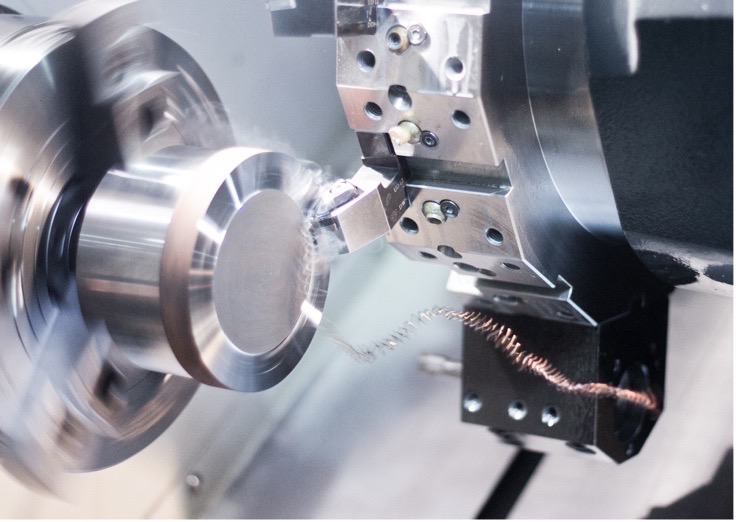In the ever-evolving world of manufacturing and product development, precision engineering plays a pivotal role in transforming innovative ideas into tangible realities. At EC Precision, our highly experienced team is dedicated to delivering the highest quality precision-engineered components. In this blog post, we’ll delve into the fascinating journey from concept to reality, exploring how precision engineering drives product development and fuels innovation.
-
The Spark of Innovation:
Idea Generation: It all starts with an idea. Innovation blooms when individuals or teams identify a problem, a need, or a desire to improve existing products or create something entirely new.
Research and Feasibility: Once an idea is conceived, extensive research and feasibility studies are conducted to determine if it’s viable. Can it be manufactured? Is it cost-effective? What materials and processes are required?
-
Design and Prototyping:
Conceptualisation: Engineers and designers take the initial idea and begin conceptualising it into a detailed design. This phase involves creating sketches, 3D models, and digital prototypes.
Prototyping: Physical prototypes are crucial for testing and refining the concept. Precision engineering ensures that these prototypes are accurate representations of the final product.
-
Material Selection:
Choosing the Right Materials: Precision engineers consider various factors when selecting materials, including strength, durability, weight, and cost. The choice of materials greatly influences the product’s performance.
Advanced Materials: With advancements in materials science, precision engineers have access to a wide range of advanced materials, enabling the creation of products with enhanced capabilities.
-
Computer-Aided Design (CAD):
Digital Blueprint: CAD software is used to create a digital blueprint of the product. This detailed design includes measurements, specifications, and tolerances, ensuring precision in every aspect.
Simulations: CAD allows for simulations and stress analysis, helping engineers identify potential issues and make necessary adjustments before production.
-
Manufacturability and Production:
Design for Manufacturability (DFM): Precision engineers focus on DFM principles to ensure that the design can be efficiently and cost-effectively manufactured.
Production Planning: Detailed production plans are created, encompassing processes such as CNC machining, 3D printing, and assembly. Quality control measures are integrated into every step.
-
Precision Machining:
State-of-the-Art Equipment: EC Precision employs state-of-the-art machining equipment to craft components with unparalleled accuracy. CNC machining, EDM (Electrical Discharge Machining), and laser cutting are some of the techniques used.
Tolerances and Quality: Precision engineering demands tight tolerances and rigorous quality control to ensure that each component meets the highest standards of excellence.
-
Testing and Validation:
Quality Assurance: Components undergo extensive testing and validation to ensure they function as intended and meet safety and quality standards.
Iterative Process: If issues or improvements are identified during testing, precision engineers iterate on the design and manufacturing process to achieve the desired outcome.
-
Assembly and Integration:
Component Integration: Precision-engineered components are meticulously assembled into the final product, whether it’s a medical device, aerospace component, or any other application.
Precision Matters: The precision of each individual component is critical to the seamless functioning of the whole product.
-
Continuous Improvement:
Feedback Loops: Precision engineering thrives on continuous improvement. Feedback from real-world usage is invaluable for refining future iterations of the product.
Adaptability: Engineers stay abreast of technological advancements and industry trends to adapt and enhance their precision engineering techniques.
-
Realising the Vision:
Market Release: With rigorous testing and validation completed, the product is ready for market release. Precision engineering ensures that it performs reliably and exceeds customer expectations.
Innovation Cycle: The journey from concept to reality is a continuous cycle of innovation. As products evolve, so do the techniques and technologies used in precision engineering.
Conclusion: The Precision Engineering Advantage
Precision engineering is the bridge that connects imaginative concepts to real-world applications. It’s a meticulous, innovative, and adaptable process that transforms ideas into products that shape industries and improve lives. At EC Precision, we take pride in being at the forefront of this dynamic field, providing our clients with the highest quality precision-engineered components. Our commitment to precision engineering drives product development and fuels the innovation that powers the future. When you partner with EC Precision, you’re not just realizing a vision; you’re experiencing the precision engineering advantage that brings concepts to reality.



